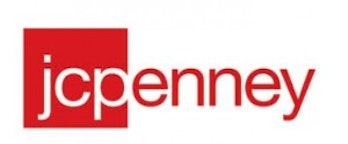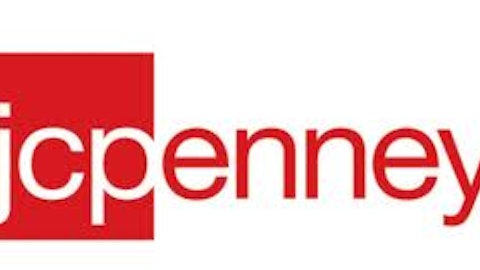When Ron Johnson first came to J.C. Penney Company, Inc. (NYSE:JCP) with his “retail success”, there were a lot of people confident in his ability to create the next Sears Holdings Corporation (NASDAQ:SHLD). Since his tenure began, the stock has lost 50% of its value, including 23% this year. On the other hand, fellow retailer Best Buy Co., Inc. (NYSE:BBY) has gained more than 110% in 2013, and is staging what looks like a nice turnaround. Yet despite Best Buy’s large gains, I still think it is fundamentally a better buy over J.C. Penney.

A Side-By-Side Comparison
To illustrate my belief that despite large gains from Best Buy it is still the cheaper stock, I have included a few key metrics compared to J.C. Penney Company, Inc. (NYSE:JCP). Of course this alone does not tell the story of an investment. However, these are two companies that now appear to be executing the same “mini store” approach and it is possible that some will now look towards J.C. Penney after Best Buy Co., Inc. (NYSE:BBY)’s large run higher. My point is that gains or losses do not equal value, and you can see this fact in the numbers below.
| J.C. Penney | Best Buy | ||
|---|---|---|---|
| 1. | Forward P/E ratio | N/A | 10.74 |
| 2. | Price/Sales | 0.24 | 0.15 |
| 3. | Revenue Growth* | (28.4%) | 0.20% |
| 4. | Operating Cash Flow | ($10 million) | $1.59 billion |
| 5. | 2013 Dividend Yield | N/A | 3.10% |
*year-over-year growth most recent quarter
1. Neither company is profitable at this point in time. However, a stock’s valuation is based on future earnings, and next year is not looking much better in terms of profits for J.C. Penney Company, Inc. (NYSE:JCP). Best Buy is not producing full-year net income, but does have a forward P/E ratio of 10.74. In other words, it is trading at a 30% discount to the S&P 500 relative to next year’s earnings, a clear indication of value.
2. Price/sales is often overlooked for profit, but I prefer sales/valuation as a primary indicator for the mere fact that a company can always manipulate costs to improve earnings but it is harder to produce sales. The price/sales ratios of these two companies is very telling, and is a classic example of stock performance being deceiving, because although Best Buy Co., Inc. (NYSE:BBY) has rallied in 2013 it is still trading at just 40% of J.C. Penny’s valuation compared to sales. Basically, this shows the level at which Best Buy had fallen in recent years and despite large gains it is still remarkably cheap; much moreso than J.C. Penney Company, Inc. (NYSE:JCP).
3. If a company trades at a deep discount to its revenue then I don’t really care about top line growth. However, a loss of 28% compared to near flat revenue growth is also a very telling metric of performance and market presence. Personally, I don’t want to own a company with a near 30% loss in revenue, but I don’t mind owning a stock with flat growth that is trading at a deep discount compared to others in its industry (i.e., Wal-Mart Stores, Inc. (NYSE:WMT) trades with a price/sales over 0.50).
4. Cash flow is my favorite metric of all, because you can dig deep and find hidden problems that can’t be found on an income statement. In the case of Best Buy Co., Inc. (NYSE:BBY) and J.C. Penney, this is unnecessary, because you can clearly see the difference between a loss and a gain of $1.59 billion. In addition, this informs us that Best Buy’s forward P/E ratio of 10.74 is possible due to operational efficiency. Meanwhile, J.C. Penney Company, Inc. (NYSE:JCP)’s negative operating cash flow despite sales of almost $13 billion indicates that there are still many operational issues present and that profit could be distant.
5. Finally, with all things considered, the cherry on top is that Best Buy pays a yield of 3% while J.C. Penney does not pay a yield. As an investor, I would much rather own the cheaper and more efficient company that pays a yield versus the more expensive one with extreme revenue loss that has no profit in sight and does not return yield to shareholders.
Conclusion
One of the core principles in my book, Taking Charge With Value Investing (McGraw-Hill, 2013), is to not let price and performance dictate an opinion of an investment. There is a misconception that losses have to equal value, and that a stock trending higher could not possibly present deep value. However, this is not true, as Best Buy Co., Inc. (NYSE:BBY) has doubled yet is still fundamentally cheap with far greater upside versus its downside. In my opinion, this is a stock that you want to watch closely, one that could trade considerably higher in the years ahead.
Brian Nichols is long Best Buy. The Motley Fool has no position in any of the stocks mentioned.


